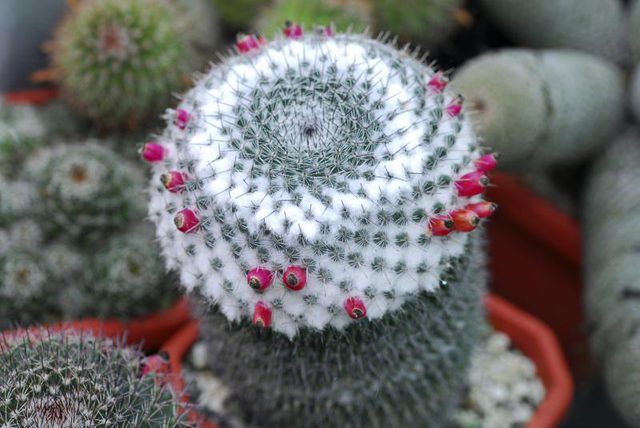Bulbs
Flower Basics
Flower Beds & Specialty Gardens
Flower Garden
Garden Furniture
Garden Gnomes
Garden Seeds
Garden Sheds
Garden Statues
Garden Tools & Supplies
Gardening Basics
Green & Organic
Groundcovers & Vines
Growing Annuals
Growing Basil
Growing Beans
Growing Berries
Growing Blueberries
Growing Cactus
Growing Corn
Growing Cotton
Growing Edibles
Growing Flowers
Growing Garlic
Growing Grapes
Growing Grass
Growing Herbs
Growing Jasmine
Growing Mint
Growing Mushrooms
Orchids
Growing Peanuts
Growing Perennials
Growing Plants
Growing Rosemary
Growing Roses
Growing Strawberries
Growing Sunflowers
Growing Thyme
Growing Tomatoes
Growing Tulips
Growing Vegetables
Herb Basics
Herb Garden
Indoor Growing
Landscaping Basics
Landscaping Patios
Landscaping Plants
Landscaping Shrubs
Landscaping Trees
Landscaping Walks & Pathways
Lawn Basics
Lawn Maintenance
Lawn Mowers
Lawn Ornaments
Lawn Planting
Lawn Tools
Outdoor Growing
Overall Landscape Planning
Pests, Weeds & Problems
Plant Basics
Rock Garden
Rose Garden
Shrubs
Soil
Specialty Gardens
Trees
Vegetable Garden
Yard Maintenance
How to Transplant a Cactus
How to Transplant a Cactus. When you transplant a spiny cactus such as Easter lily cactus (Echinopsis oxygona), hardy to U.S. Department of Agriculture plant hardiness zones 8 through 11, safety is a consideration. For small cactuses, the best handling tool is a pair of kitchen tongs. Leather gloves give some protection, but spines easily penetrate...

When you transplant a spiny cactus such as Easter lily cactus (Echinopsis oxygona), hardy to U.S. Department of Agriculture plant hardiness zones 8 through 11, safety is a consideration. For small cactuses, the best handling tool is a pair of kitchen tongs. Leather gloves give some protection, but spines easily penetrate cloth gloves. Because cactuses have succulent stems and roots, they need different transplanting methods from those used for leafy plants.
Digging Garden Cactus
Transplant garden cactuses during warm months rather than in winter. Wear leather gloves. First, mark the cactus' south side with a small paint spot. Dig around the plant about 6 inches out from the stem. With the shovel under the cactus, sever the bottom roots. Gently lever the cactus loose. For cylindrically shaped cactuses such as golden barrel (Echinocactus grusonii), hardy in USDA zones 8 through 11, put a loop of rope or hose around the stem for a handle. For columnar cactuses, use a strip of blanket or burlap for broader support so the stems don't break. Lift the cactus from the hole.
Moving and Transplanting Cactus
Remove the soil from the roots. Trim away damaged roots with pruning shears dipped in rubbing alcohol to sterilize them. The roots need to heal, so put the cactus on its side in the shade for a few days. Dig a hole in the plant's new location slightly larger than the existing roots. Place the cactus in the hole, putting the marked side to the south. Gently work fill dirt around the roots to replant it. Keep the soil level the same. Water the cactus thoroughly. For columnar cactuses such as Mexican fence post (Stenocereus marginatus), hardy in USDA zones 9b through 11, stake the plant if it is more than 5 feet tall until it has rooted back in.
Unpotting Cactuses
When the roots come through the drainage holes or the cactus stem fills the pot, transplant it. In northern areas, transplant in the spring. For the arid Southwest, transplant in spring, summer or early fall. The new pot should be about 2 inches larger than the old one. Handle the cactus with kitchen tongs. If the roots won't slide out of the pot, lay the potted cactus on its side on a hard surface and tap the pot. Rotate it a quarter turn and tap again, repeating until the cactus is loose. After unpotting the cactus, remove the old soil. Trim the roots with pruning shears dipped in rubbing alcohol.
Repotting Container Plants
Center the cactus in the new pot, keeping it at the same soil level. Add cactus potting mix, occasionally shaking the pot to settle the soil. Don't water it for a few days so the roots can heal. Then water the pot thoroughly until water comes out the drainage holes. These directions apply to cactuses in arid regions. Tropical soft-stemmed cactuses such as Christmas cactus (Schlumbergera truncata), hardy in USDA zones 10 through 12, bloom best when potbound. Repot them approximately every three years right after they flower in late winter, using a mixture of 1 part perlite, 1 part potting mix and 2 parts peat moss.